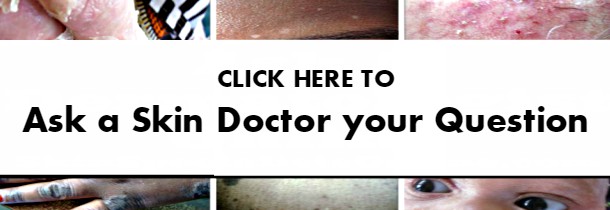
Dear Doctor
Hi, I went to a skin specialist, he diagnosed me with Pityriasis rosea and told me there was no medicine for it all I could do was wait. A week after this it started to go wild and spread from all over my body to my face, my scalp, even inside my ears. Can you please take a look at the picture thanks.
Dear Patient
I agree with your dermatologist that this is Pityriasis Rosea.
Pityriasis Rosea Home Treatment
Pityriasis rosea is a self-limiting condition usually resolves within 3 months. The home treatment of pityriasis rosea includes:
Avoiding Irritants
Ensure that your skin does not come in contact with harsh soaps, fragrances, hot water, wool, synthetic fabrics, tight clothing and any potential skin irritant. You can use Aqueous cream as a soap substitute.
Bland Emollients
Use gentle emollients or moisturizers which will not irritate the skin. Examples include Aquaphor Healing Ointment and Cetaphil Moisturizing Cream. If the skin is very itchy you can use calamine lotion or zinc oxide.
Topical Corticosteroids
Corticosteroids that are applied on the skin can be used to relieve the discomfort and itchiness of pityriasis rosea. Examples include 1% Hydrocortisone cream. Stronger steroids like betamethasone (Diprosone) can also be used but you need a prescription to get them. Note that the use of corticosteroids should be monitored by a doctor since they can cause skin thinning (skin atrophy) and skin streaking (striae) as well as internal complications.
Oral Antihistamines
Anthistamines that are taken by mouth can also be used to reduce the itch. Examples include the non-sedating fexofenadine (Allegra) and loratadine (Claritin). The sedating diphenhydramine (Benadryl) can be used if the itch disturbs sleep.
Solar Phototherapy
Phototherapy, which is also known as light therapy, is the exposure of the skin to specific wavelengths of light to treat skin conditions like pityriasis versicolor. Solar light therapy can be done at home by exposing the affected skin to sunlight. To do this you should:
- Apply sunscreen to the areas not affected by pityriasis rosea. It should be a broad spectrum sunscreen which means it should offer protection from both UVA and UVB. It should also have a SPF of 30 or higher. You should also ideally wear UV 400 sunglasses that block 100% of UVA and UVB rays.
- Sit in the bright midday sun for 5 to 10 minutes each day ensuring that all the affected areas are adequately exposed to the sunlight.
- Gradually increase the time you sit in the by 30 second intervals ensuring that you do not get sunburnt.


